Faith sits at a crossroads where meaning, belonging, and daily habits meet. Mental health lives at another crossroads where biology, behavior, and environment shape how we feel and function. When these two paths intersect, people often discover a sturdy bridge. For many, faith offers language for suffering, a framework for hope, and rituals that make healthy routines easier to keep. For others, certain religious messages or community dynamics have been painful and confusing. Understanding how faith and mental health interact helps people keep what heals and gently replace what harms. This article explores that intersection with respect for diverse beliefs and with an eye toward practical steps anyone can begin today.
What We Mean by Faith and Why It Matters
Faith can describe many experiences. It may be trust in God, devotion to a spiritual path, or confidence in a set of values that guide life. It may include prayer, sacred texts, worship services, pilgrimage, meditation, service to others, or daily acts of kindness shaped by a tradition. For some, faith is quiet and private. For others, it is communal and lively. At its heart, faith seeks connection with something larger than the self and invites a life shaped by that connection.
Mental health concerns how we think, feel, and act. It affects how we cope with stress, relate to other people, work and study, and make choices. Strong mental health does not mean feeling happy all the time. It means having resilience and skills to navigate challenges, along with a sense of purpose and belonging that sustains effort during hard seasons.
Faith matters for mental health because it can influence all of those dimensions. It shapes thoughts and self talk. It inspires habits that regulate stress and energy. It builds social networks that reduce isolation. It gives meaning to suffering and a story that frames recovery as worthwhile. The relationship is not simple, but it is often profound.
The Psychological Ingredients Inside Faith
Many spiritual practices contain powerful psychological elements. Prayer and meditation often include slow breathing, mindful attention, gratitude, and repetition. These features can calm the nervous system and interrupt cycles of worry. Singing in a worship setting can synchronize breathing and heart rate while adding a sense of joy that comes from music and shared experience. Confession and forgiveness rituals encourage honest self reflection and release of shame. Acts of service promote empathy, which can reduce rumination and increase a sense of usefulness.
Belief systems also guide cognitive frameworks. When someone holds a view that life has purpose and that people are loved and valuable, it becomes easier to reframe setbacks as temporary and to persist with treatment during difficult phases. If a tradition offers teachings on rest, generosity, hospitality, or sabbath, those values can turn into protective routines. Regular days off, shared meals, and boundaries around work can prevent burnout before it begins.
Community is another ingredient. Houses of worship, small groups, youth programs, and service teams create contact with others who share goals and values. Regular contact grows trust and accountability. People notice changes in mood or behavior and offer support. In a world where many feel unseen, a community that knows your name and story can be a powerful buffer against loneliness.
When Faith Hurts and How to Heal
Not every religious experience promotes mental health. Some communities teach fear based messages that reinforce shame. Some traditions can be rigid in ways that discourage questioning or seeking help outside the community. Individuals may have experienced spiritual abuse, manipulation, or exclusion. People who wrestle with identity or past trauma may find certain interpretations of sacred texts painful. Others have been told that symptoms of depression or anxiety reflect a lack of faith. These experiences can deepen suffering and delay care.
Healing begins with honest assessment. Ask what parts of your faith life give life and what parts drain it. Consider whether your community allows doubts and hard questions. Notice whether your tradition offers tools for compassion toward yourself and others. If it does not, you may be reading it through a lens of past hurt, or you may need a different community, teacher, counselor, or approach. Spiritual mentors who respect mental health care can be allies. Therapists who respect faith can help rework harmful beliefs and preserve the parts of spirituality that truly help.
Working With Mental Health Professionals While Honoring Faith
There is no need to choose between faith and therapy. Many therapists are open to integrating spiritual values when a client requests it. You can ask your provider about their comfort with faith topics. Share the practices that matter to you and how they affect your daily life. Discuss any teachings that increase shame or fear and explore new ways to interpret them. A therapist can help translate spiritual practices into skills for emotional regulation and relationship health. A chaplain, pastor, imam, rabbi, monk, or spiritual director can help you navigate theological questions while the therapist focuses on symptoms, coping strategies, and behavior change. This kind of team can be very effective.
If medication is part of your plan, spirituality can still play a positive role. Many find that medication reduces symptoms enough to make prayer, worship, or meditation more accessible. Others find that spiritual routines make it easier to keep track of medications and to notice side effects sooner. A healthy faith mindset frames treatment as wise stewardship of the body rather than a sign of weak belief.
Everyday Practices That Blend Faith and Wellbeing
Small routines done regularly do more good than grand plans carried out once a month. People who connect faith and mental health often build a daily flow that includes prayer or meditation, gratitude journaling, a short reading from a sacred or uplifting text, movement, exposure to daylight, and a moment of silence before meals. These actions support sleep quality, mood, and attention. They also make the day feel anchored.
Begin the morning by sitting quietly for a minute. Breathe slowly. Offer a simple prayer for guidance or repeat a short phrase of hope. Read a few lines that align with your values. Write down one intention for the day that matches those values. During lunch, take a short walk and observe a sense of wonder in something small. In the evening, note three things that went well and one lesson learned. End the day with a brief prayer or reflection that releases worry and invites rest.
For those who attend services, consider arriving a few minutes early to settle your breath and tune your attention. Afterward, talk with someone new. Social connection strengthens the benefits of spiritual practice. If your tradition encourages service, choose a role that fits your energy. Regular service builds structure, relationships, and a sense of purpose, all of which guard against isolation and despair.
The Role of Meaning in Recovery
Mental health treatment often includes cognitive and behavioral tools. Faith adds a layer of meaning that can motivate long term change. When suffering is viewed within a larger story that includes redemption, growth, and community support, it becomes easier to keep appointments, complete therapy exercises, and practice new habits. People who believe they are created with worth tend to treat themselves with greater care. People who trust that forgiveness is possible tend to repair relationships. People who practice gratitude tend to notice resources and allies that were always present but that stress had hidden.
Meaning does not remove pain. It helps pain feel more bearable and purposeful. Someone facing grief might still cry each day while also finding comfort in prayer traditions and in rituals that honor the person who died. Someone recovering from trauma might still have nightmares while using breath prayer, safe community, and therapy to rewire the nervous system. In this way faith does not compete with clinical care. It enlarges the container that holds the work.
Addressing Stigma and Building Supportive Communities
Stigma around mental illness still lives in many cultures and religious groups. People worry that acknowledging depression, anxiety, or addiction will mark them as weak. Leaders may fear that public conversation about mental health will undermine messages of hope. In reality, honest acknowledgment of suffering often increases trust. Communities that talk openly about mental health create brave spaces where people seek help earlier and recover more fully.
Leaders can model this by sharing stories of their own counseling or by inviting professionals to speak. Congregations can create support groups that meet regularly and focus on skills and companionship rather than advice giving. Faith based schools and youth programs can teach stress management, healthy relationships, and technology boundaries. Couples can attend workshops on communication and forgiveness. Parents can learn how to talk with children about emotions and faith in a way that encourages curiosity and compassion.
Navigating Doubt, Deconstruction, and Renewal
Many people experience periods of doubt or deconstruction, where old beliefs feel too small or painful. This can be frightening and can disrupt mental health for a time. It can also become a doorway to a healthier faith. Doubt allows people to discard interpretations that harm and to keep the parts that give life. A therapist who understands spiritual development can help the process feel less chaotic. Journaling, dialogue with trusted mentors, and time in nature can also help.
If you find yourself in a season of rebuilding, hold kindness for the part of you that is searching. Try to keep gentle routines that support sleep and mood while you explore. Take breaks from heated debates. Spend time with people who hold their beliefs with humility and love. The goal is not to rebuild an identical house. The goal is to grow a faith that supports mental health and that reflects your deepest values.
Faith in Crisis Moments
During crisis, people often reach for spiritual resources first. A familiar prayer or verse can ground the mind. A call to a faith leader can provide immediate support. In extreme moments of despair or urge to self harm, the priority is safety. Contact emergency services or a crisis line in your country, tell a trusted person, and remove means. After immediate safety is secured, faith practices and community care can help stabilize daily life. Structured routines, social support, and therapy form the base. Spiritual practices become the threads that weave meaning through each day.
Children, Teens, and Families
When families practice faith with warmth, children often gain language for emotions, rituals that create security, and elders who provide mentoring. Mealtime prayers, bedtime blessings, and simple acts of service can become anchors for young nervous systems. Teens benefit when adults allow questions and avoid shaming. Youth groups that pair fun with service and learning can foster belonging and healthy identity.
Families should avoid using spiritual language to suppress feelings. Telling a child to stop crying and just pray may shut down honest expression. Instead, acknowledge the feeling, sit with it, and then invite prayer or reflection. This teaches that faith welcomes truth and that emotions are part of being human.
Older Adults and Spiritual Resilience
For older adults, faith can ease loneliness and fear. Many elders have a lifetime of practice with prayer and service. Encouraging them to keep social ties and to engage in familiar rituals can protect cognitive health and mood. Intergenerational programs can connect older adults with youth for shared learning and support. Gentle movement, sacred music, and storytelling help preserve identity and joy.
Digital Life and Spiritual Boundaries
Modern life includes screens and constant alerts. Faith traditions can offer rhythms that resist this overload. A daily time of quiet without notifications can reset attention. Weekly rest days without work email can restore energy. Turning off devices during meals can strengthen relationships. Online services and communities can help when travel or health issues prevent in person gatherings, but people still need embodied connection. Seek a balance that brings peace rather than anxiety.
Measuring Progress Without Losing Heart
Mental health progress is rarely a straight line. Use simple markers to notice growth. Consider sleep quality, energy in the morning, ability to focus for a set time, number of meaningful conversations each week, and willingness to do one valued action even when mood is low. In spiritual terms, pay attention to whether your practice produces patience, compassion, courage, and gratitude over time. Keep a small notebook where you record a few lines each day. Review it monthly. Patterns will emerge.
If progress stalls, revise the plan. Speak with your therapist or doctor about changes to treatment. Talk with a faith mentor about ways to refresh prayer or study. Try a new service role that fits your strengths. Adjust expectations during life transitions and return to basics during high stress periods.
Myths to Retire
A few myths stand in the way of healing. One myth says that strong believers should never feel depressed or anxious. This is not true. People of deep faith experience the full range of human emotion. Another myth says that seeking counseling shows weak faith. In reality, wisdom invites help. A third myth says that spiritual practices alone can cure any mental illness. While spirituality brings comfort and meaning, many conditions also require therapy, medication, or medical evaluation. Replacing myths with compassionate truth protects lives.
Building a Personal Plan
You can create a simple plan that honors your beliefs and strengthens mental health. Clarify your values. Identify two or three practices that express those values each day. Choose a supportive community and show up consistently. Learn skills for calming the body and challenging unhelpful thoughts. Seek professional care when needed. Review your plan every few months and make adjustments.
A sample day might begin with a brief prayer, followed by a short reading and a few minutes of slow breathing. Later you might take a walk in the sun, send a message of encouragement to someone, and eat a balanced meal. In the evening you might write a gratitude list, reflect on a sacred text, and share a meaningful conversation with someone you trust. None of these actions takes long. Together they form a web of support that catches you during hard weeks.
A Respectful Word on Diversity of Beliefs
People live within many religious and philosophical traditions. Some center on God. Others focus on wisdom, compassion, or nonviolence. Some people describe themselves as spiritual but not religious. The principles described here can serve across traditions. Seek practices that align with your conscience. Choose communities where people are treated with dignity. Honor the sacred in each person and you will already be supporting mental health.
Bringing It All Together
Faith and mental health are companions on the journey of being human. Faith offers stories of hope, rituals that shape each day, and communities that hold us when we feel weak. Mental health practices offer skills and treatment that restore balance to body and mind. Together they help people face grief, trauma, stress, and uncertainty with courage. They also help people celebrate joy and give back to others with energy and clarity.
If your faith life has felt heavy or confusing, consider that you may need new interpretations or new community. If your mental health plan has felt dry or mechanical, consider adding meaning and ritual. If you have delayed seeking help because of stigma, let this be your sign to step forward. You are not alone. Your story has value. With wise support and daily practice, you can cultivate a life where belief and wellbeing strengthen each other and where hope becomes a habit.










Leave a Reply